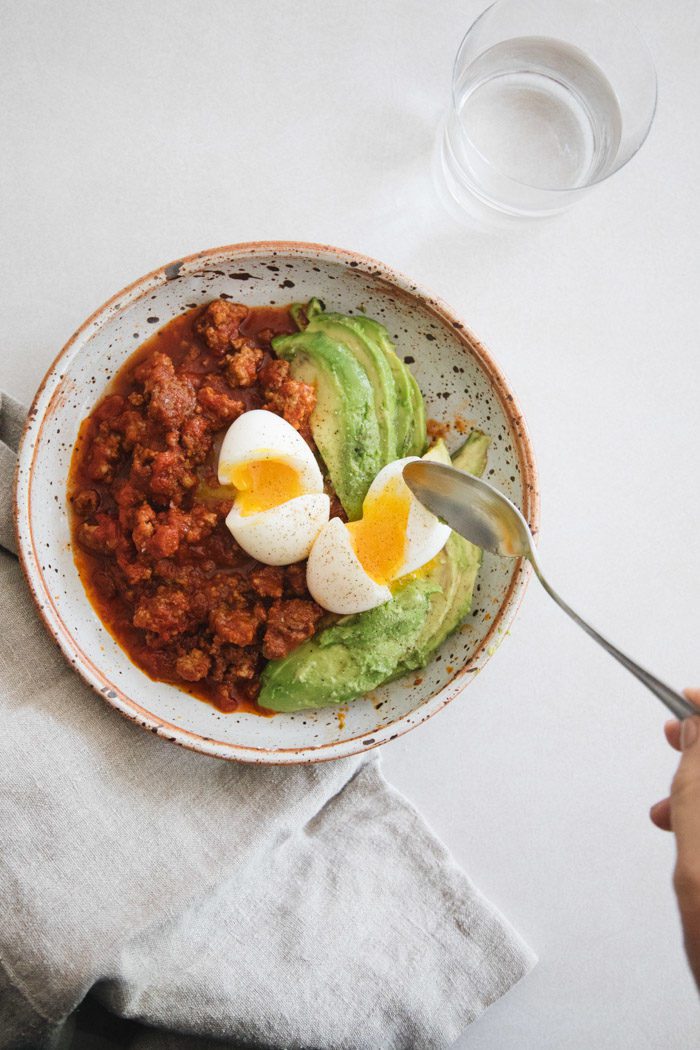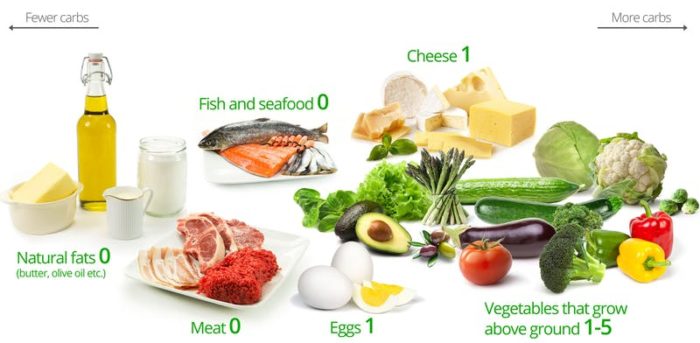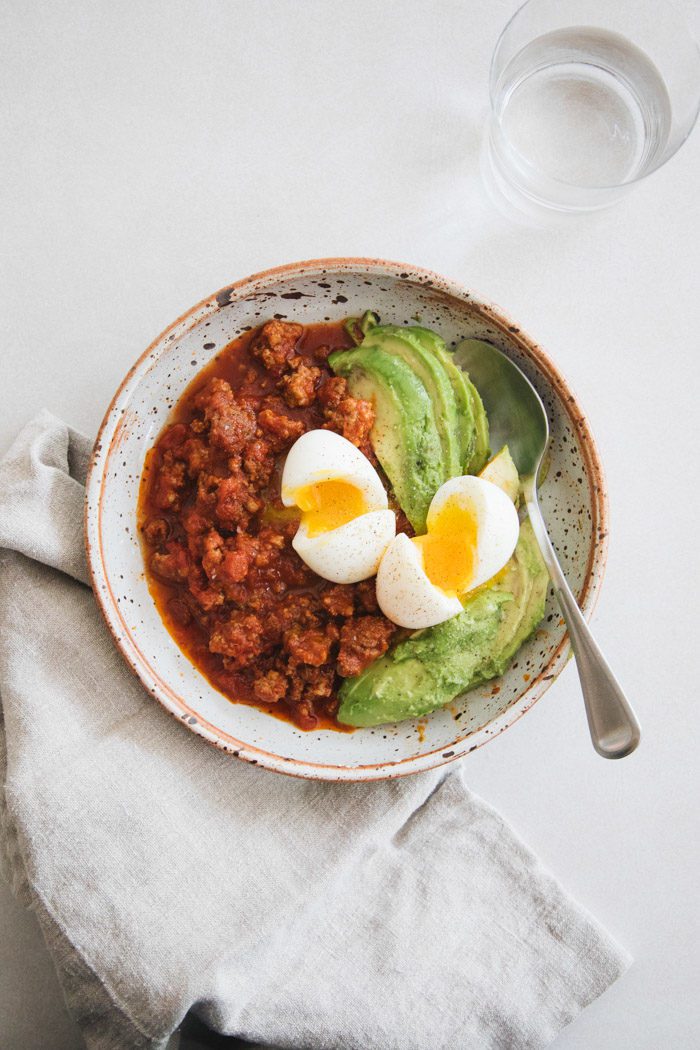
I’ve written here about trying a few of the different diet approaches that have gained traction in recent years—from week-long juice cleanses to a month-long Whole 30 regimen. In general, I’ve found that I enjoy trying out a new approach now and then to help me pay better attention to what I’m eating (and why, and when… at least for a while), and to learn a few new recipes. And while I know we’re supposed to only talk in terms of goals like gut-health, and (pretend to?) not care about weight these days,* I must confess that I’m always happy if a new routine leads to the shedding of a few pounds.
In fact, you might recall that one of my big disappointments with the Whole 30 was the way the scale didn’t budge! I really felt good about cutting sugar (both Aron and I had just listened to an interview with Gary Taubes, who wrote The Case Against Sugar, and “Is Sugar Toxic?” and found his case very compelling) and really appreciated the wake-up call as to just how much is added to everything. Cutting sugar, it turned out, wasn’t just about cutting dessert; it’s added everywhere.
But puzzling over why I didn’t see any figure-changing results with such a restrictive diet led me to think about possible reasons, and made me want to try a similarly sugar-reduced approach that so many people love: the Ketogenic diet.
The Ketogenic diet (often called simply Keto) is a low-carb, high-fat approach. Getting most of your calories from fat forces your body to enter a state called ketosis, where the body uses fat instead of carbohydrates for energy. According to the Mayo Clinic, low-carb diets tend to be effective for weight loss in the short-term, and “ketosis is thought to have brain-protecting benefits: As many as half of young people with epilepsy had fewer seizures after following the diet. And some early research suggests it may have benefits for blood sugar control among people with diabetes.” However, the main problem, it seems, is that it may not be sustainable, particular as too much saturated fat isn’t ideal for heart health.
I’d give it a month.
Without doing much looking around, I picked up Maria Emmerich’s book, The 30 Day Ketogenic Cleanse, at Costco, and started reading. My take on that one is that it was a little to whole-body for me (talk of grounding, intermittent fasting, cold plunges, etcetera)—to the point that I see some control issues there and didn’t want to go that far—but I loved her recipes.
Since then, I’ve done more web-browsing—I like this very straightforward outline on The Diet Doctor. Foods to eat:

Meats – fish, beef, lamb, poultry, egg
Leafy Greens – spinach, kale
Above ground vegetables – broccoli, cauliflower
High fat dairy – hard cheeses, high fat cream, butter
Nuts and seeds – macadamias, walnuts, sunflower seeds
Avocado and berries – raspberries, blackberries, and other low glycemic impact berries
Sweeteners – stevia, erythritol, monk fruit, and other low-carb sweeteners
Other fats – coconut oil, high-fat salad dressing, saturated fats, etc.
Foods to Avoid:
Grains – wheat, corn, rice, cereal
Sugar – honey, agave, maple syrup
Fruit – apples, bananas, oranges
Tubers – potato, yams
Legumes
If you’re just thinking about trying it—and my conclusion is that it’s best to pick one book, or one Keto guru you like, and just follow their plan. There’s a lot out there, and it’s overwhelming. So ultimately, whether or not there would have been a better resource for my personality that Emmerich, I’m glad I just stuck to her guide. I should note, I never actually went to the length of testing my ketones, but I did write down what I was eating to hold myself accountable.
So, did it work? Yes! The 10 pounds I was trying to lose came off this time—and pretty quickly. It was so gratifying to actually have some results. Did it last? Well, no… This was the month before Christmas and as soon as I stopped—and, okay, started eating a lot of cookies—the number snapped back almost immediately. But I’ve been able to get myself close again by following most of the rules this spring.
And I actually did notice some of the other benefits people talk about: I felt like I had more energy while I was doing it, and a bit clearer focus. I felt satisfied and full after small meals. There was also no afternoon sugar crash. (Which isn’t to say I didn’t sometimes get grumpy simply because I missed sugar.) Overall, I really liked it for a short-term reset or a jump on reaching a weight goal. And other than the no-dessert rule, the foods one is supposed to eat/avoid are a pretty good fit for my preferences.
The major takeaways are similar to those I noticed on the Whole 30:
It’s easier to eat well when you have a plan. Aron and I meal-planned for the week in order to stick to it, and it was so much easier to avoid temptation as a result. Plus, it means a lot more cooking at home. I’ve been meaning to check how much impact it has had on our food budget, but I would guess we’re saving a lot.
Grab-and-go items are crucial to my life. This goes with having a plan, but I definitely did best when I had Keto-friendly snacks at the ready: Some olives or macadamia nuts, a hard-boiled egg, some salami, or—my absolute favorite—these barbecue chicharrones (crunch!). Oh, and I discovered that Philz uses heavy cream instead of half-and-half in their coffee drinks, so those definitely became a favorite “snack,” too.
Routines are a big help. Routine eliminates some element of choice and can make things simpler if, like me, you have weak willpower. Once I discovered how much I loved Emmerich’s Keto Chili, Aron started making it in large batches and freezing it. I would just heat some up for lunch almost every day and add some avocado and egg. I’ve always been one of those people who can eat the same lunch over and over (just ask my mom how many chicken and mayo sandwiches she made for me); I honestly never got tired it. So then it was really just dinner that we were planning on most days. I’ll share the recipe below.
Have you tried the Keto Diet? What did you think? What were your favorite resources and recipes?

Keto Chili
(Adapted from Maria Emmerich’s Breakfast Chili, The 30 Day Ketogenic Cleanse)
Makes: 12 1-cup servings
4 slices bacon, diced
1 pound ground beef
1 pound Mexican-style chorizo (removed from casing)
1 28-oz can diced tomatoes with juices
1 cup tomato sauce
½ onion, chopped
1/2 red bell pepper, seeded and chopped
1/2 cup beef or bone broth
1-2 tablespoons chili powder
2 garlic cloves minced
2 teaspoon ground cumin
1 teaspoon salt
1 teaspoon ground black pepper
1/2 teaspoon cayenne pepper
1/2 teaspoon paprika
Toppings to consider adding:
Eggs
Avocado
Bacon, fried and crumbled
Chives
Note: Our kids find the chorizo a bit spicy, so we modify the ratios of meat and spices depending on who might be sharing it. The recipe is very flexible, so feel free to modify it as it suits you.
Instructions
Heat a large stock pot over medium-high heat. Add the ground beef, bacon, and sausage and cook, stirring infrequently enough to let the meat brown. Add the vegetables and the spices and salt. Once the onions are clear pour in the bone broth, tomato sauce and diced tomatoes. Stir to blend, then cover and simmer over low heat for at least 2 hours, stirring occasionally. After 2 hours, taste, and adjust salt, pepper, and chili powder if necessary. Remove from heat and serve, or refrigerate or freeze. The next day, heat and top with an egg, avocado and bacon pieces.
P.S. I tried a juice cleanse. I tried the Whole30. And more favorite recipes, right this way…
*I actually really do feel incredibly awkward talking about diets and weight, particularly as I want to avoid any focus on this aspect of body-image in front of the kids, but I also know this is something a lot of us are thinking about.






































50 Comments